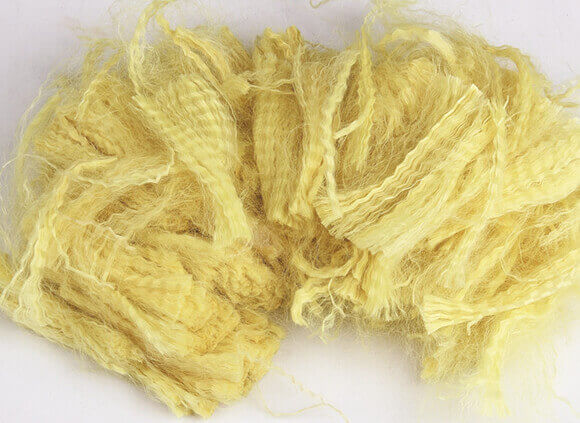Views: 0 Author: Site Editor Publish Time: 2022-10-26 Origin: Site
Have you been looking for an excellent new material to use for your high-performance needs, Kevlar could be just what you need. Kevlar polymer materials offer numerous potential benefits, and as a result, they’re growingly popular for use with countless different applications. But what are Kevlar materials, how do they work, and could Kevlar be the right choice for you? We’ve outlined everything you need to know to get started with Kevlar as follows to help with this decision.
Before we go further, we first need to define some of the key properties and features of Kevlar materials and what these might mean for your own projects. Kevlar is a highly specialized synthetic fiber designed to provide a highly heat-resistant solution for many applications.
Kevlar first appeared on the scene after it was invented by the incredibly talented Stephanie Kwolek, whose work on Kevlar polymers has irrefutably changed the way that many industries operate.
Importantly, Kevlar polymers feature repeating interchain bonds, cross-linked with hydrogen bonds; these bonds help contribute to the overall strength and durability of Kevlar materials. Furthermore, it is important to keep in mind that Kevlar’s unique properties further help in this regard, ensuring that the material is versatile for use in many different applications and fields.

Kevlar has numerous critical properties, making it an excellent material for use in a wide array of applications. Perhaps most importantly, however, is its incredible strength. Unlike many other materials, Kevlar is ideal for use in applications requiring high tensile strength and the like. In fact, it’s capable of providing roughly 3,600 MPa in tensile strength, making it a wonderfully durable material.
Its exceptional durability and strength-to-weight ratio make it an amazing material for applications requiring a higher degree of strength without compromising on weight. Furthermore, Kevlar materials offer exceptional heat resistance, making them an amazing option to consider in high-temperature applications.
While Kevlar can offer many great benefits, there are several drawbacks of Kevlar that you should know. Notably, Kevlar is poor in terms of compressive strength and is also non-resistant to UV light. This means that Kevlar materials may degrade more quickly when used in outdoor applications.
Thanks to its impressively strong yet lightweight nature, Kevlar is used in various applications in modern settings, including bulletproof gear, boats, aerospace engineering, car brakes, and more. These applications call for a material that’s strong enough to withstand heavy pressures but not so heavy as to cause significant additional weight in the system. It is also an increasingly common replacement for asbestos roofing and in those applications requiring a material that’s strong, durable, cost-effective, and reliable for the long term perspective. Furthermore, Kevlar materials offer exceptional heat resistance, making them an amazing option to consider in high-temperature applications, such as Kevlar Belts for aluminum industry.
To learn more about Kevlar materials and how they might work for your requirements, please don’t hesitate to contact our friendly team at toby@gdcalm.com today. We can’t wait to help you find the ideal solutions for your own manufacturing material needs!